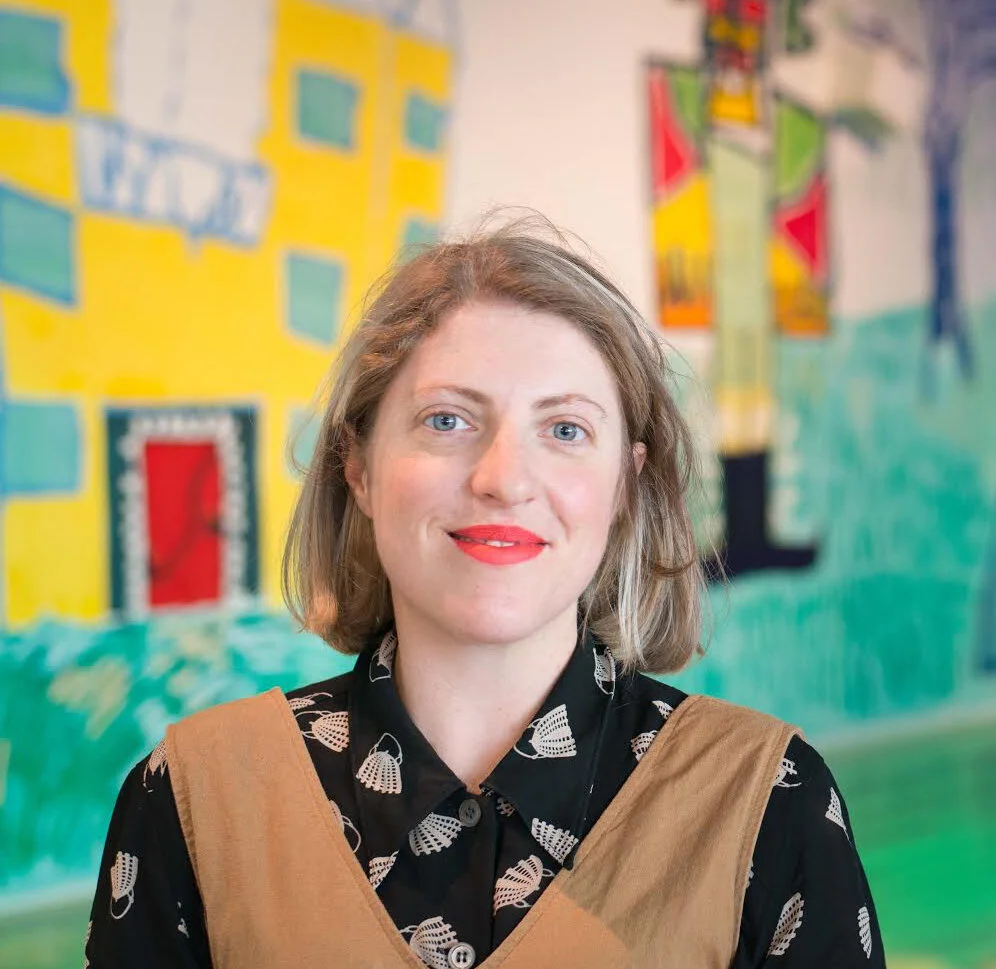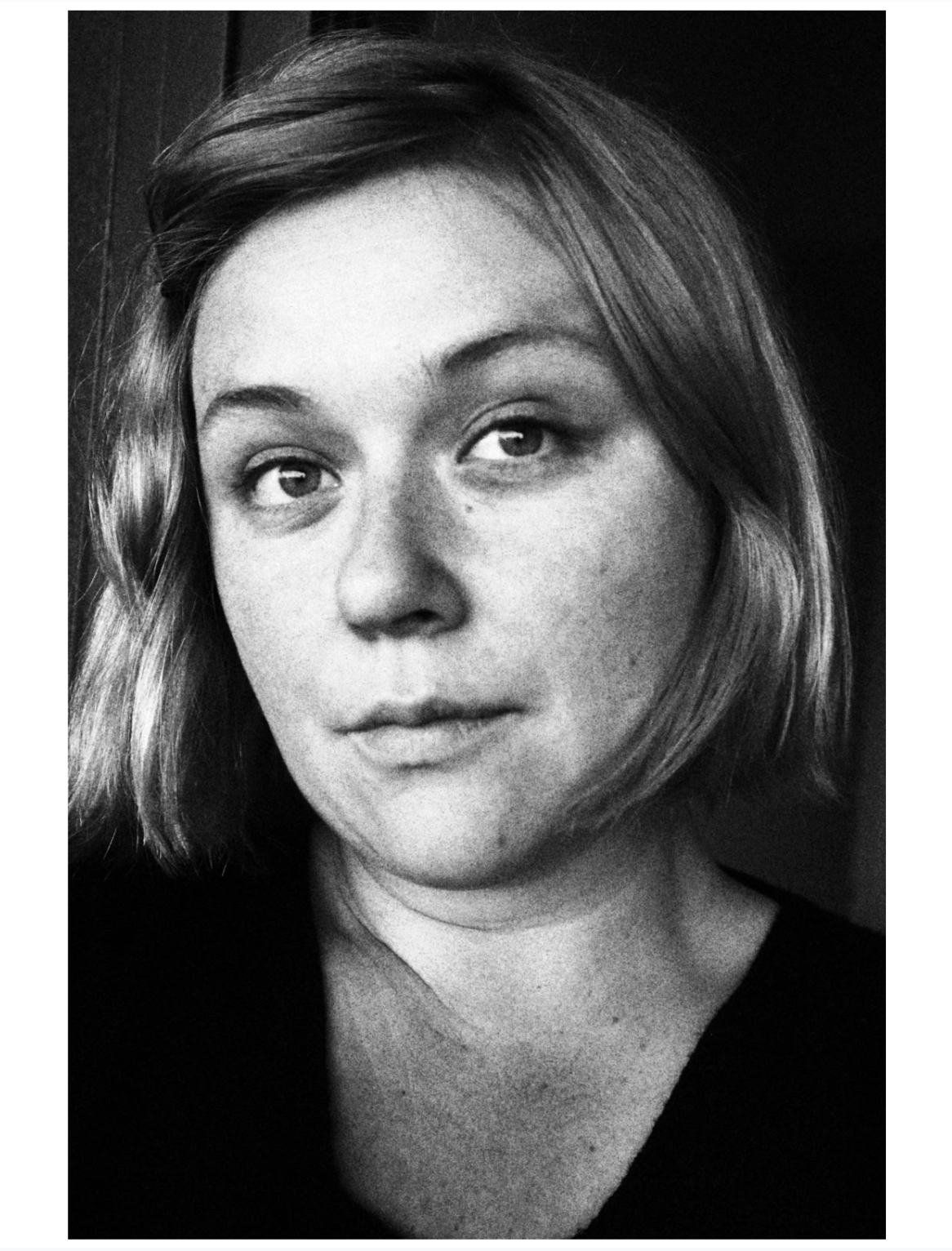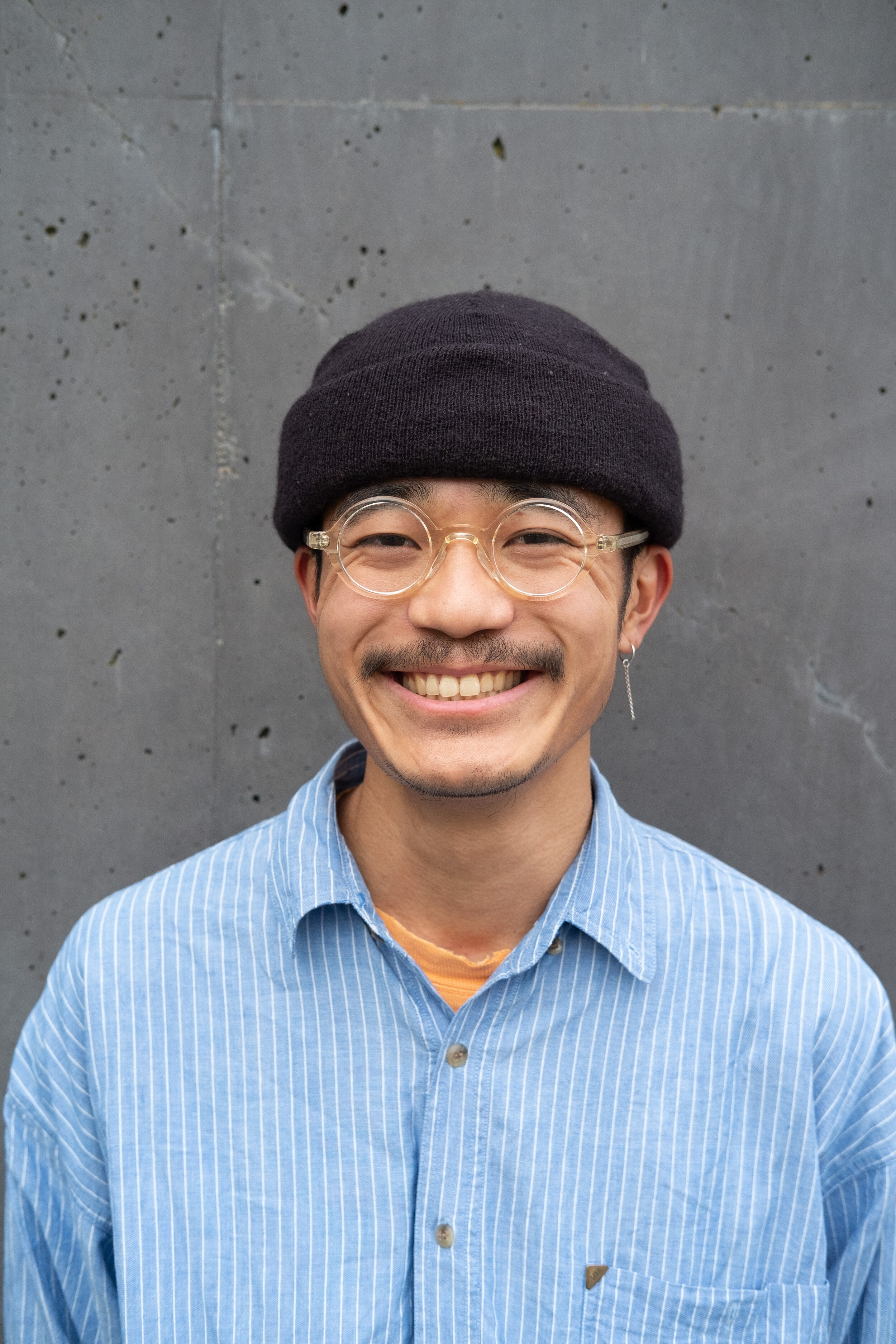Our latest Artist Profile is with artist Tim Stokes, recipient of the First Prize in this year’s Small Works Art Prize.
Influenced by real world architecture, Tim creates microcities of twisting roads and looming buildings, plotting the landscape more structurally and letting his imagination take over to complete rest.
What medium(s) do you work with, and why have you chosen them?
I like working with a broad variety of mediums. This includes pigment liner pens, biro pens, coloured pencils, pastels and markers including Copic and Tombow. The surfaces I use tend to be more thicker papers that are on the 200gsm thickness. This includes cotton and normal papers. Currently, I am focused on pigment liners and enjoy using them as they allow me to draw intricately fine detailed works. The nib sizes I use tend to be on the finer scales of 0.03mm and 0.05mm size nibs.
Can you elaborate a little more on your making process — how does your artwork get from initial concept to exhibition stage?
For some of my larger artworks, I think of a concept to draw, then plan it out on the paper in pencil first. I draw the larger shapes and work on the intricate details on the fly (especially with architectural pieces such as windows and doors etc). My smaller pieces, there is not a lot of pre-planning. I visualise a lot of my artwork in my head before I start, which then I can translate to paper.
Who or what are the biggest influences to your work?
I have been influenced from many things. Real world architecture is probably the main influence in terms of my cityscape and architectural drawings. With my pieces, I want to convey the aesthetic of architectural forms expressed through the various styles through history and interpret these elements into my works in an imaginative and complex way. In essence, I want to use architecture as a canvas itself to weave worlds.
Additionally, I find architecture as an art-form, in that structures and buildings are magnificent sculptures and for someone observing them from afar, one may not know it’s true functional purpose but to simply know it’s outward shape and beauty.
This feeling is what I want to try capturing in my architectural pieces.
How do you keep your creative juices flowing? How do you push past creative block?
I find that if I do more than one drawing at a time, it keeps me interested and motivated to draw. Also when I draw multiple genres as well. I like to mix up my artwork pieces from architectural, scifi, fantasy, landscapes and astronomy. I also have ingrained in my self to draw everyday no matter what and the support from social media helps to keep motivating me to draw more.
How does where you grew up, or where you live now affect your art?
I grew up in the countryside and that gave me an understanding of drawing landscapes. In juxtaposition to this, I always have had a fascination for the architecture and thus currently living in Melbourne being surrounded by beautiful buildings as well as reading about architectural history has influenced my work in some way. Another point I’d like to make is that growing up with my family has shaped me to be the artist I am today, as my father was an art teacher and graphic designer who instilled in me some understandings of art process into my upbringing.
Can you tell us a little more about your creative working environment/studio?
I currently am living in an apartment where I have my own studio space converted from a spare bedroom. While I am drawing, I like to have music or rain sounds playing in the background.
Who would your dream collaboration be with, and why?
I have always been open to do collaborations with the art community, especially when it comes to similar subject matter. I tend to do this on my Instagram account with other like minded artists. If I was to do a dream collaboration with anyone on an architectural basis, it would likely be with famous architects such as Norman Foster or Frank Lloyd Wright. Both were visionaries of architecture and that would give me a lot of insight and I would learn a lot from them. I would also love to do collaboration with Leonardo da Vinci, as he was a visionary ahead of his time.
If you could go on an Artist’s Residency anywhere in the world, where would that be and why?
I would love to goto Florence Italy to do an artists residency. Looking at the old renaissance style buildings in Florence would inspire me to create new works and new ways of drawing my architectural illustrations.
What’s next for you after your time at Brunswick Street Gallery? What upcoming projects are you working on now?
I hope that I am able to put together a solo exhibition and continue delving into more architectural inspired works as well as looking at other genres. I am currently working on a large scale architectural pastel drawing as well as drawing smaller ink works. Further still, I hope that I am able to make a career full time from my works, creating a kaleidoscope of pieces for all to enjoy.
What does your selection as one of the winners of this Small Works Art Prize mean to you, and to the future of your practice?
I am very humbled at being selected as the winner of the Small works art prize which has given me a sense of pride and happiness that my artwork has been acknowledged and recognised by the art community. I hope because of this that I will continue having a great relationship with Brunswick street gallery and the art community within Melbourne to help foster my growth in my art career in to the future.
The recipient of First Prize is awarded a $2000 cash prize contribution towards their future creative endeavours.
Brunswick Street Gallery wishes to thank Bryony Nainby of Craft Victoria for their generous support and thoughtful selection of this Prize.
You can see more from Tim at @timstokesart.



































